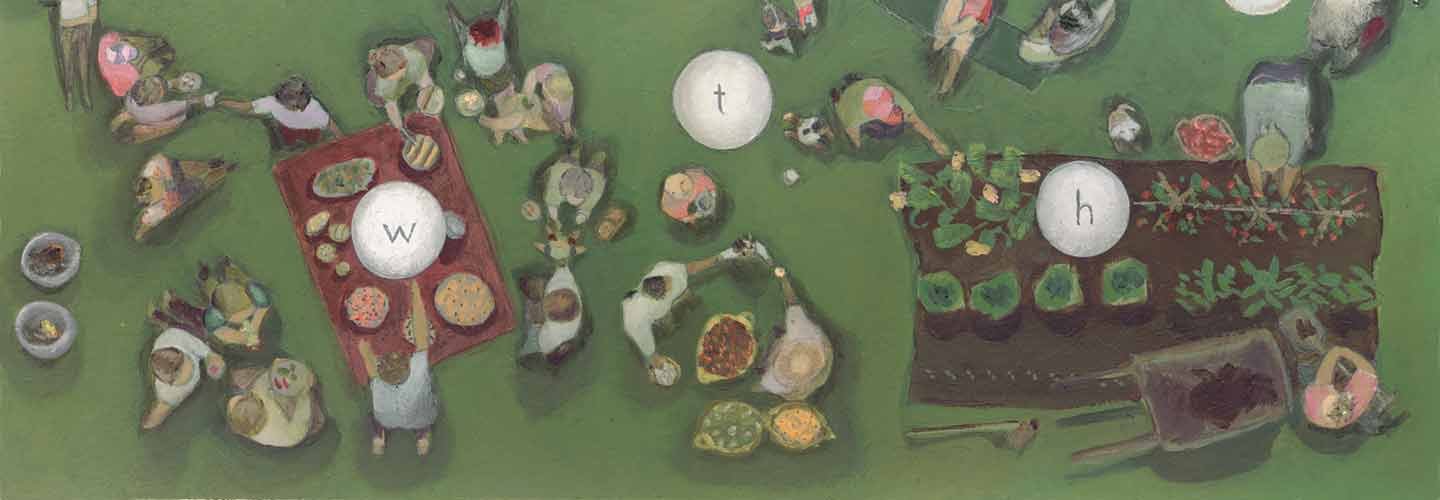
The design fiction brief for General Seminar 24 - Extinction Rebellion Futures
Let's try and create an imaginary for ourselves, because I don't know if there is one. There's simple the crisis and the emergency and rebellious acts which may be righteous — but I have yet to see/hear/feel into that possible future. All I know about is a future of ecological collapse. I haven't seen a non-fantasy depiction of the lived experience of averted catastrophe. And that may be an overlooked aspect of the effort to overcome the stalled state of consciousness that makes it hard to feel a sense of possibility. It all seems..insurmountable, perhaps because there is no vision of what it would be to overcome.
Tell me what our everyday future feels like?
When we wake up, what are we thinking about?
Do we still drink coffee in the morning and if so, where does it come from?
If we decide to shower in the morning, how do we do that?
What do we eat for breakfast and how do we prepare it?
How do we learn about the world?
What do we teach our children and where do they go to be taught, and by whom?
How do we communicate across distances and by what contrivances?
How do we get to “work” — and what is “work” anyway? Same-old same-old? Or something newfangled and if newfangled, what's the new and how is it fangled?
Where do we go to relax and socialize?
How do we vacation?
Are there still grocery stores and how do we exchange value for necessities like food?
Are there still wall plugs and if so, what comes out of them and how makes it?
What is the 'I Have A Dream' imaginary for the Climate Crisis?
What is the post-carbon economy future, in the most ordinary sense? No macro visions. What is breakfast, toilet paper, shaving cream, candy, tropical fruit in a post-carbon economy world?
Design fiction asks these questions sincerely and provocatively. We need to imagine possibility in order to obtain the futures we want.
DEGROWTH: A VOCABULARY FOR A NEW ERA
https://vocabulary.degrowth.org/
FERAL ATLAS invites you to explore the ecological worlds created when nonhuman entities become tangled up with human infrastructure projects. Seventy-nine field reports from scientists, humanists, and artists show you how to recognize “feral” ecologies, that is, ecologies that have been encouraged by human-built infrastructures, but which have developed and spread beyond human control. These infrastructural effects, Feral Atlas argues, are the Anthropocene.
https://feralatlas.org/
https://www.nytimes.com/interactive/2022/07/18/magazine/herman-daly-interview.html


